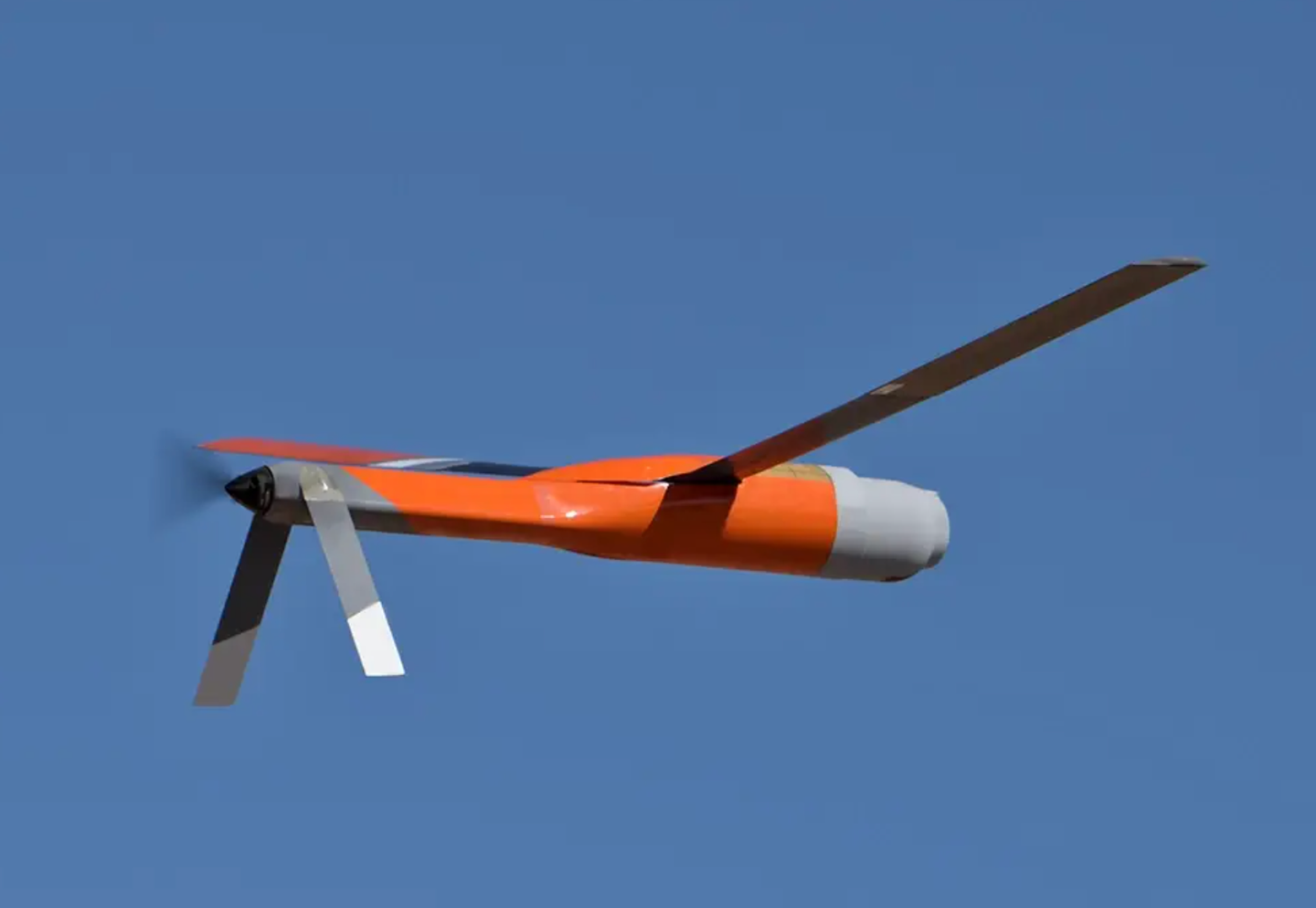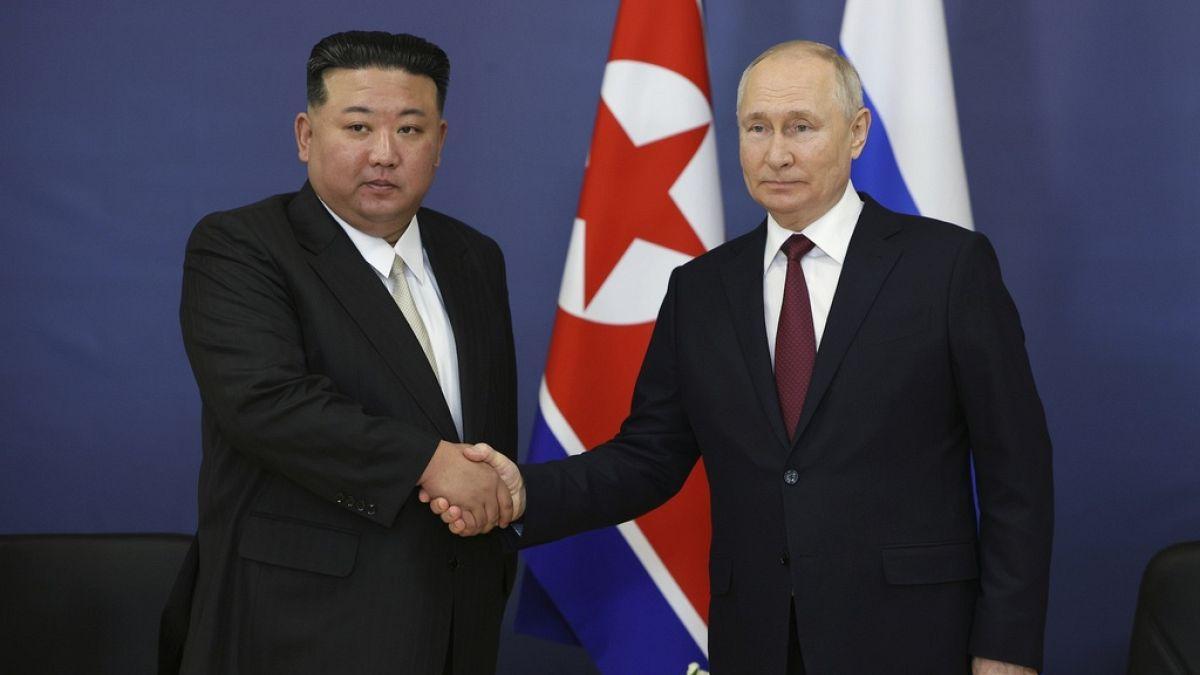The United States has approved a $360 million sale of over 1,000 small armed drones to Taiwan, significantly enhancing Taiwan's asymmetric defense strategy against China. The U.S. Defense Security Cooperation Agency (DSCA) announced on June 18 that Taiwan will receive 720 Switchblade drones and related fire control systems valued at $60.2 million. Additionally, Taiwan will acquire up to 291 Altius 600M loitering munitions and associated components for $300 million.
This sale comes as Taiwan awaits previously ordered military equipment, including Abrams tanks, F-16 Vipers, and advanced munitions from Washington. Despite adhering to the 'One China' principle, the U.S. is legally obligated to provide Taiwan with defensive tools against Chinese aggression. This arms sale has drawn criticism from Beijing, which accuses the U.S. of turning Taiwan into a "powder keg."
The drone sale is crucial for Taiwan's asymmetric warfare strategy, which relies on unconventional weapons to deter a Chinese invasion. Taiwan's National Defense Report emphasizes increasing resilience and self-sufficiency, prioritizing domestic defense, and enhancing its "all-out defense" capabilities.
The U.S. Indo-Pacific Command's "Hellscape" strategy aims to deploy drones to distract China during a Taiwanese invasion, allowing U.S. forces time to respond. Admiral Samuel Paparo outlined this strategy, which involves flooding the Taiwan Strait with unmanned submarines, surface ships, and aerial drones to impede a Chinese invasion fleet.
Taiwan's recent interest in drones was likely influenced by their successful use in Ukraine, where U.S.-supplied Switchblade UAVs helped repel Russian forces. Taiwan has also developed its own drones, such as the Chien Hsiang loitering munitions, capable of targeting diverse radar systems deployed by China.
The Switchblade 300, known for its low-cost, lightweight, and precision-guided capabilities, can be deployed quickly from various platforms and has a range of 30 kilometers. Its unique abort function allows it to self-destruct if necessary, minimizing casualties.
The Altius-600M loitering munition, larger than the Switchblade 300, can be launched from land, air, or sea and features multiple seekers and warhead options. It boasts twice the loitering time and range of current loitering munitions and can operate in swarms, enabling a single operator to control multiple drones simultaneously.
Taiwan thanked the U.S. for the drone sale, marking the 15th arms deal between the two since 2021. Taiwan's Presidential Office spokesperson, Karen Kuo, emphasized the importance of strengthening self-defense and asymmetric warfare capabilities to uphold democracy and international order.

:quality(70)/cloudfront-us-east-1.images.arcpublishing.com/archetype/M4UW5CWOFBBNHF7YOK2UJNIPCQ.jpg)





